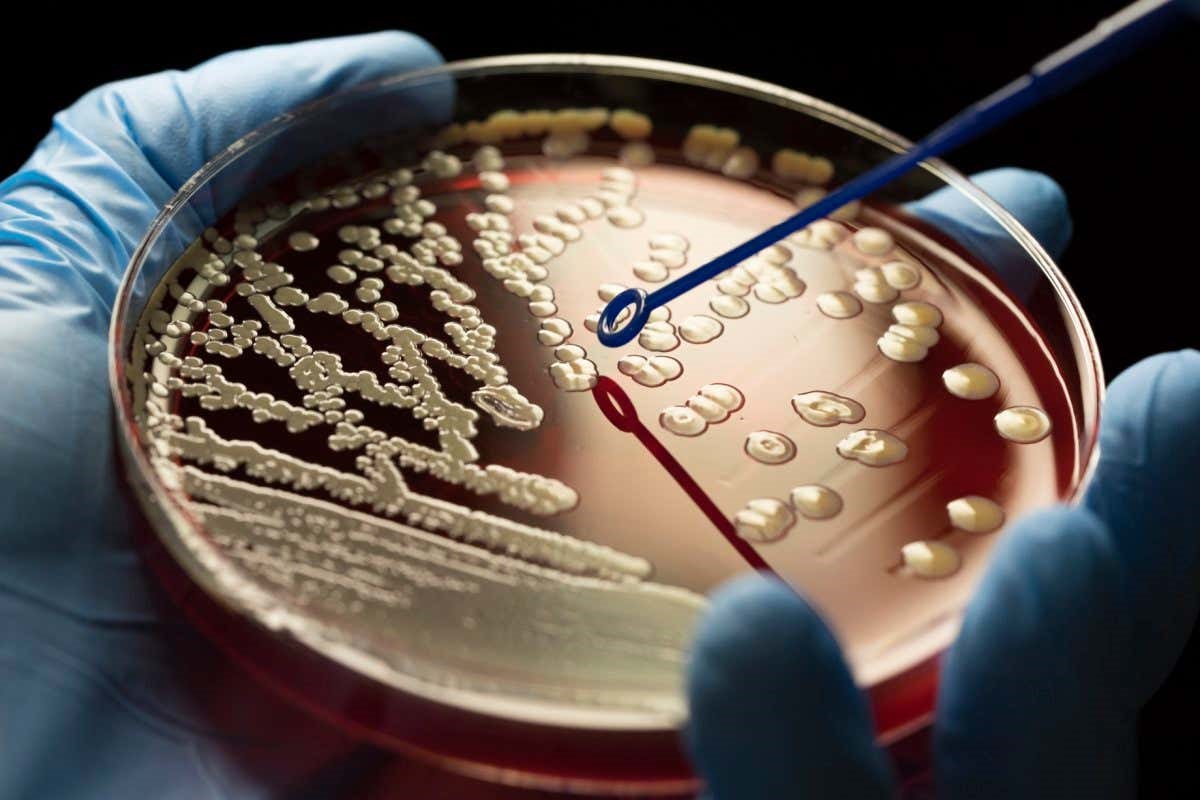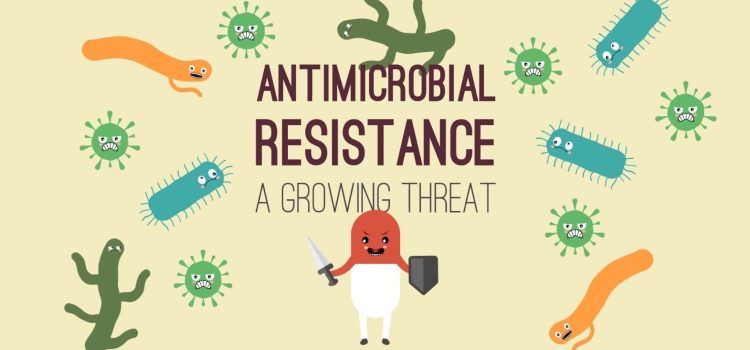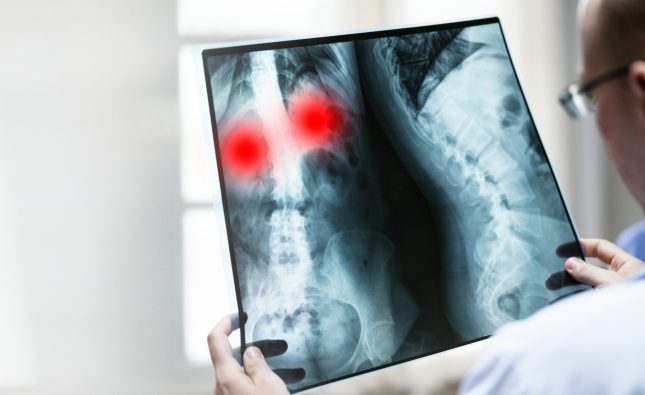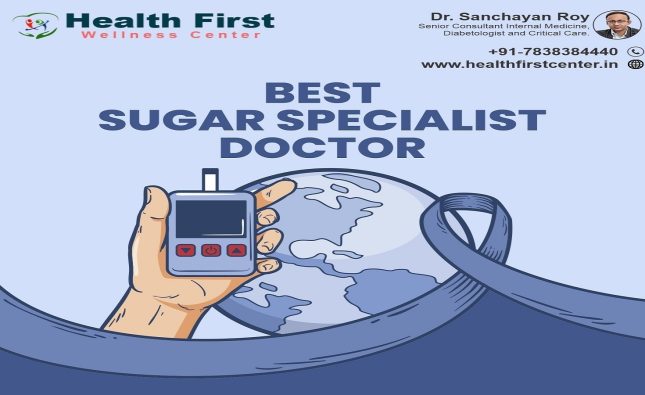
Antimicrobial Resistance (AMR) has emerged as one of the most pressing global health challenges of the 21st century. As bacteria, viruses, fungi, and parasites evolve, they develop resistance to the drugs designed to kill them, rendering treatments less effective and leading to prolonged illnesses, higher medical costs, and increased mortality. This article delves into the complexities of AMR, exploring its causes, the challenges it poses, and potential solutions to mitigate its impact.
Understanding Antimicrobial Resistance
Antimicrobial Resistance occurs when microorganisms such as bacteria, viruses, fungi, and parasites change in response to the use of antimicrobial drugs, including antibiotics, antivirals, antifungals, and antiparasitics. These changes enable the microorganisms to survive, grow, and proliferate even in the presence of drugs that once killed them. The primary drivers of AMR include the overuse and misuse of antimicrobial agents in human medicine, agriculture, and animal husbandry, as well as poor infection prevention and control practices.
The Magnitude of the Problem
AMR is a global threat, with the potential to render many of the medical advances of the past century obsolete. According to the World Health Organization (WHO), AMR is responsible for approximately 700,000 deaths annually, a number expected to rise to 10 million by 2050 if no effective action is taken. The economic impact is equally staggering, with projections suggesting that AMR could cost the global economy up to $100 trillion by mid-century.
Challenges in Addressing AMR
- Overuse and Misuse of Antimicrobials:
- The rampant over-prescription and misuse of antibiotics in both human and veterinary medicine are key contributors to AMR. In many parts of the world, antibiotics are available over-the-counter, leading to self-medication and inappropriate use. Additionally, antibiotics are often prescribed for viral infections, against which they are ineffective.
- Lack of New Antibiotics:
- The pharmaceutical industry faces significant challenges in developing new antibiotics. The high cost of research and development, coupled with low financial returns, has led to a decline in the number of new antibiotics entering the market. This stagnation exacerbates the problem as existing drugs become less effective.
- Inadequate Infection Prevention and Control:
- Poor hygiene and infection control practices in healthcare settings contribute to the spread of resistant microorganisms. This includes inadequate sanitation, insufficient hand hygiene, and the lack of proper sterilization of medical instruments.
- Global Disparities:
- AMR is a global issue, but its impact is felt more acutely in low- and middle-income countries (LMICs). These regions often lack the resources and infrastructure needed to implement effective AMR surveillance, prevention, and control measures.
- Agricultural Practices:
- The use of antibiotics in agriculture, particularly for growth promotion and disease prevention in livestock, plays a significant role in the development of AMR. Resistant bacteria can be transmitted to humans through the food chain, direct contact, or environmental pathways.

Potential Solutions
- Stewardship Programs:
- Implementing antimicrobial stewardship programs (ASPs) in healthcare settings is crucial. These programs promote the appropriate use of antimicrobials, ensuring that patients receive the right drug, dose, and duration of treatment. ASPs have been shown to reduce antimicrobial use, improve patient outcomes, and decrease the incidence of AMR.
- Research and Development:
- Encouraging investment in the research and development of new antibiotics, vaccines, and alternative therapies is essential. Governments, private sectors, and international organizations must collaborate to provide financial incentives, streamline regulatory processes, and support innovative research.
- Global Surveillance and Monitoring:
- Establishing robust global surveillance systems to monitor AMR patterns and trends is vital. This data can inform public health strategies, guide treatment protocols, and identify emerging resistance threats. The Global Antimicrobial Resistance Surveillance System (GLASS) by WHO is a step in the right direction, but more comprehensive and coordinated efforts are needed.
- Public Awareness and Education:
- Raising awareness about the dangers of AMR and promoting responsible antimicrobial use among the public, healthcare providers, and policymakers is critical. Educational campaigns can help reduce the demand for unnecessary antibiotics and encourage adherence to prescribed treatments.
- Strengthening Infection Prevention and Control:
- Improving infection prevention and control measures in healthcare settings can significantly reduce the spread of resistant microorganisms. This includes implementing strict hygiene protocols, providing adequate sanitation facilities, and ensuring proper sterilization of medical equipment.
- Regulating Agricultural Practices:
- Enforcing regulations on the use of antibiotics in agriculture is necessary to curb the development of AMR. This includes banning the use of antibiotics for growth promotion, promoting good animal husbandry practices, and encouraging the use of vaccines and alternatives to antibiotics.
- International Collaboration:
- AMR is a global challenge that requires a coordinated international response. Countries must work together to share data, resources, and best practices. International organizations such as WHO, the Food and Agriculture Organization (FAO), and the World Organisation for Animal Health (OIE) play a crucial role in facilitating collaboration and providing technical support.
Conclusion
Antimicrobial Resistance is a complex and multifaceted problem that threatens global health, economic stability, and the progress of modern medicine. Addressing AMR requires a comprehensive and coordinated approach, involving the efforts of governments, healthcare providers, researchers, industry, and the public. By implementing effective stewardship programs, investing in research and development, strengthening infection prevention and control measures, raising public awareness, regulating agricultural practices, and fostering international collaboration, we can combat AMR and safeguard the efficacy of antimicrobial agents for future generations. The future of AMR depends on our collective commitment to action and innovation.










